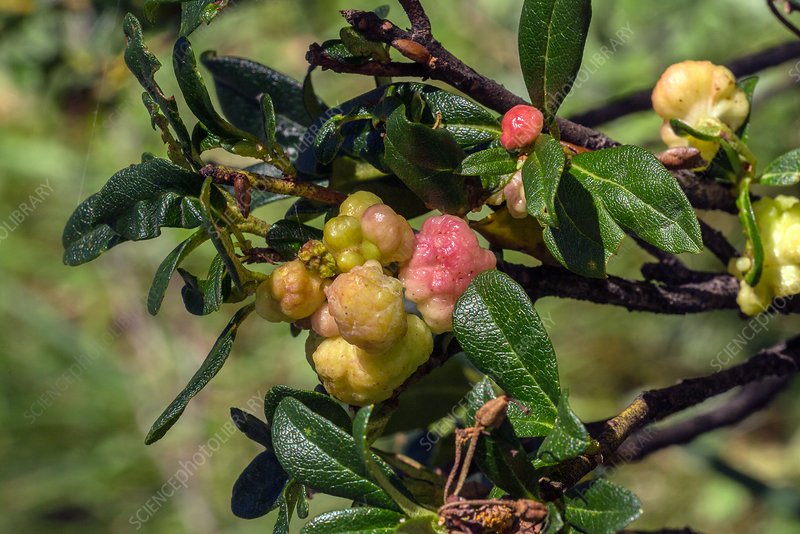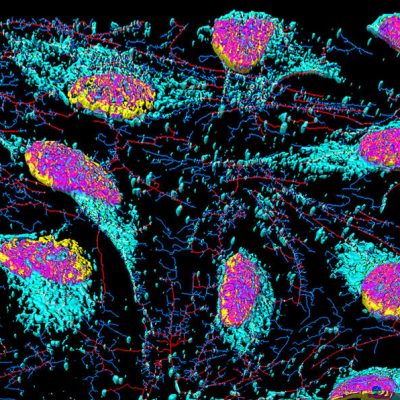Agricultural crops worldwide face a persistent threat from tumorigenic agrobacteria, which give rise to devastating diseases like crown gall on various plants. These pathogens intricately manipulate their host plants, creating abnormal growths known as galls. Within these galls, a specific set of compounds called opines is produced, providing the pathogen with competitive advantages. However, the complex microbial dynamics within these galls, known as the “gallobiome,” remain a subject of intense investigation. Understanding this microbial environment is essential for developing effective strategies to manage and mitigate the impact of these plant diseases.
In a recent study led by Nemanja Kuzmanović from Julius Kühn Institute, Braunschweig, Germany, researchers focused on unraveling the mysteries of the gallobiome associated with crown gall tumors on Rhododendron plants. Employing a combination of advanced techniques, including a novel gene sequencing approach, the study identified Rhizobium rhododendri and a group ofAgrobacterium spp. as the dominant bacterial players in Rhododendron galls. While R. rhododendri was found to be a causative agent of crown gall disease, the Agrobacterium spp. were surprisingly nonpathogenic. Instead, they carried genes facilitating the breakdown of opines, enabling them to efficiently colonize tumor tissue.
These findings, published in the Phytobiomes Journal, offer insights into the intricate interactions within the gallobiome and shed light on the coexistence of tumorigenic and nonpathogenic bacteria within the same tumor tissue. The study opens avenues for developing more sustainable strategies for disease management, emphasizing the need to consider the entire microbial community within diseased plants.










